
Wood ash. Photo courtesy of Walter Siegmund // Wikimedia Commons
For the average suburbanite, wood ashes are something you probably encounter once a year during a summertime campfire, and quickly forget once the s’mores have been eaten. But for most of time (and anyone who lives off-grid) wood ashes are a constant product of daily life. When wood fuel is used to warm a home and cook food, ashes are the inevitable result when the day is done.
Lots of wood ashes can be created over the course of an off-grid week (or year or lifetime). But this powdery product is hardly waste — in fact, it’s the final gift of the tree that first gave us shade, then leafy mulch, fuel for a fire, and finally, provided its ashes as one of the most useful byproducts on the homestead. As proof, I’ve complied a short (certainly not complete) list of the most common ways I personally use wood ash on my own homestead. I’m discovering new applications all the time, however, and beyond my experience, there are many more uses.
Peruse this list of ideas and just see if you’re not also convinced that ash should never again be considered trash.
But First, Some Safety Notes

Only Use Untreated Wood Ashes
All the following information is written with one great caveat: These uses are appropriate for UNTREATED wood ashes only. Ashes made from anything treated will contain harmful chemicals that can harm both you and the environment. It’s actually illegal in all 50 states to burn treated wood in the first place.
Cooling the Ashes
When handling ashes, make sure that they are completely cool. They can retain live embers for a surprising amount of time. Have a dedicated, safe storage area where they can be collected and cooled for as long as they need. A galvanized metal trash can is a great place.
If you’re in doubt that the ashes are cool enough to use, always wait until they absolutely are — it’s not worth the very real risk of having a wildfire start because you couldn’t wait an extra day. Having personally seen the fiery aftermath of what happens when folks think ashes are cool enough (but aren’t), I will pedantically be reminding you to use cool ashes through the article.
Sifting the Ashes
Finally, if you’re using ashes for tasks such as cleaning, you may wish to sift them first. While this will give you a finer, more consistent product to work with, it will kick up a lot of dust that is harmful to inhale. Use a face mask anytime you work with ashes in this way, or anytime you’ll be throwing ashes around in a closed space, to protect yourself and your lungs.
Scouring Agent
Nowadays, the standard way to wash dishes is to squirt a bunch of strongly-scented blue or green goo into warm water and scrub away. But if you want to return to a more rustic and natural way of cleaning your dishes, look no further than your ash collection. Ashes can scour grubby pots and pans, and when they emulsify with the fats left behind on dishes, they become a primitive soap — indeed, this may be the way that soapmaking originated. Lye, after all, was extracted from wood ashes soaked in rainwater, and then combined with animal fats to create soap. You’ll be doing that process in miniature-ish.
Granted, most of you probably aren’t going to ditch the suds and fill your kitchen sink with ashes, but I challenge you to at least give it a try next time you go camping. It’s one less thing that you’ll need to pack in and carry.
On our homestead, “graywater” (water left over from washing dishes, bodies, clothes, and hands) is valued in the garden. Using a graywater-friendly detergent or using wood ashes means that our dishwater isn’t going to harm the plants with an artificial chemical load — and it’ll help all the more.
De-Stink Water Buckets

I suspect most of you don’t have an off-grid water system like we do, but for those interested, our house doesn’t have drains leading to a sewer or septic system. All of our graywater is collected in 5-gallon buckets positioned under the sinks, meaning that all our hard-earned water is used as much as possible. That graywater heads to the garden.
The buckets, however, would certainly acquire a certain eu de nasty if not carefully cleaned out regularly. Thankfully, it never happens because my trusty wood ashes are always on hand to save the day and keep the stink away. Every time I empty a bucket, I throw a scoop of wood ashes into it, scrub with a dedicated brush, and rinse them with one of our rain barrels. The ashes easily carry away anything greasy or grimy that clings to the bucket surface, leaving a like-new bucket at the end of cleaning.
Dust Your Chickens

Treat Pests
Pests really don’t like wood ashes, as we’ll explain in a moment, which makes the ashes a great, nontoxic, easily-available material for dusting the chicken coop (and the chickens) if ever an infestation rears its ugly, lice-y head. When a new rooster brought a blight of body lice into my coop (oh joy!) I was able to quickly fix the problem with wood ashes. If you gently but quickly catch a chicken and hang her upside down by her feet, she’ll calm down enough for you to take cool wood ashes and dust them through her feathers. Though they’ll be offended little dust balls for the next hour, the treatment will usually be enough to send a mild infestation packing.
Serious infestations will likely require regular treatments, a good coop clean-out, and an investigation into whether there is some other reason that your birds are falling prey to parasites.
Bathing and Nutrients
Wood ashes are also a great addition to your chickens’ dust bathing area, whether they have pests or not. And don’t fret if you see your birds eating the ashes. They can gain valuable minerals like calcium and potassium from them.
De-Stink a Smelly Coop
Finally, wood ashes can also help de-stink an odiferous coop. Now, that said, if your coop is routinely stinky, I would recommend trying out the deep bedding method, if possible. As I’ve seen over the past eight years of keeping chickens, it can create a nearly stink-free environment in the coop year-round (ashes or not).
Sweeten the Soil

That same calcium and potassium that the chickens will gain from eating ashes is also the same potassium and calcium that your plants will go nuts for. Sprinkling ashes on the garden is an ancient tradition that goes back centuries, or even millennia. This isn’t to say you should ever dump a pile of hot ashes on your garden, however.
I typically spread a hearty dose of ashes over my garden beds in late fall before I mulch them in for the winter. The ashes will integrate with the soil over time, and when I’m ready to wake the beds up in early spring, they’re raring to go.
Throughout the year, (cool) ashes are a great amendment to a compost pile as well.
Ashes are also a good pest deterrent when used carefully. Some books recommend dusting eggplant leaves with (cool) wood ashes to deter those dang flea beetles that seem dead-set on turning their leaves to Swiss cheese. Ashes are also terrible for slugs and snails, which is wonderful news for all the rest of us.
Woodstove Window Cleaner

One of the joys of heating or cooking with wood is the warm, orange, living glow of the fire that does half the work. Depending on what type of wood you burn and how hot it burns, the window of a woodstove or wood cookstove can quickly become gunked up and blackened, obscuring an otherwise cheery glow.
Thankfully, the fire that causes the window-darkening film is the same fire that produces the ashes with which to clean it. Simply take a soft, damp cloth or newspaper, dab it in the finest (cool) ashes, and gently buff away the grimy haze. You never want to use any abrasive more harsh than the ash — any scratches or damage caused to the window could turn shatteringly disastrous once the window is heated.

Spill Soaker
Some spills are easy to clean: Water, milk, and juice are just a matter of wiping things down with a wet cloth and calling it a day. But some spills are not nearly as friendly. Spilled oil, soap, or other not-quite-water materials can be a nightmare to remove from the floor without spending an hour and a roll of paper towels in the effort.
Yet again, ashes swoop in to save the day. Due to their absorbent nature, they can be poured over spills that are difficult to clean and turn it into an easier-to-sweep-up crumble.
Note: Only use ashes on a tile, laminate, or otherwise uncarpeted floor, however. Baking soda is a better choice when it comes to removing nasty stains and spills on carpeting.
Ice Grip
Salt is routinely used to melt ice and make a nonslip surface for walking, but anyone who gardens knows that salt is terrible for the soil (“salting the earth” after all, was a horrific, well-known invader strategy for preventing conquered people from returning to their fields to grow food).
If only there was an easy-to-source, nontoxic method to make ice safer to walk on … oh wait, you know how this goes! That’s right, ashes are back to keep making life better for those who give them fair due. Ashes alone can help make ice a little grippier and melt a little faster due to their dark, heat-absorbing color. Some folks mix ashes and sand for more traction where it counts. Maybe it looks a little unsightly in the white of winter, but your not-dead path-side grass and flowers will thank you come spring.
Other Uses
I honestly have only scratched the surface for uses that ashes can serve, but that’s because I’m still learning more ways to use them every year. I’ve listed tested ways that I’ve personally employed, but have heard of folks using cleaned ashes as a dry shampoo, a desiccant for storing seeds, a source for making real pretzels, as a skunk odor remover, toothpaste, and more. Probably the best in-depth article I’ve seen on the topic is over at Practical Self-Reliance with more than 70 uses.
The point (as I hope I’ve made clear) is that ash ain’t trash. It may well be one of the most useful byproducts you can use in a wood-burning home.





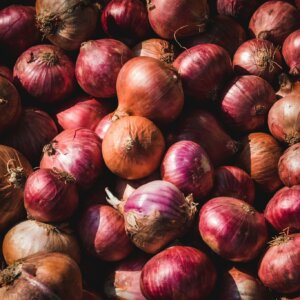



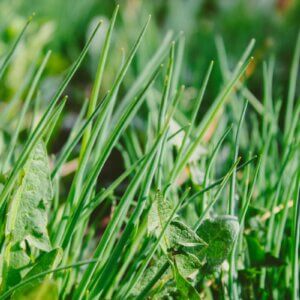
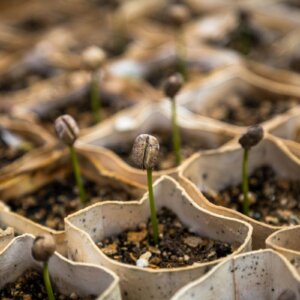
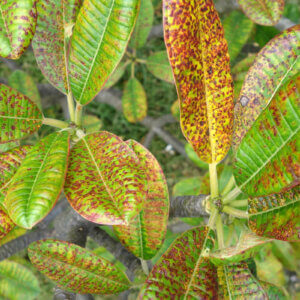

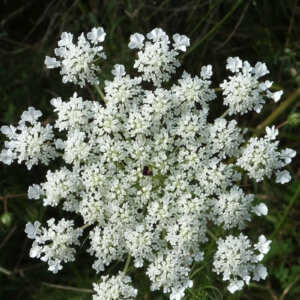
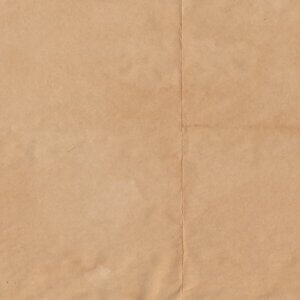


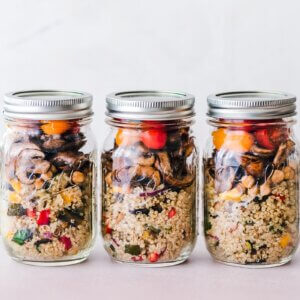
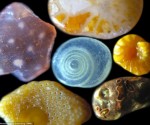

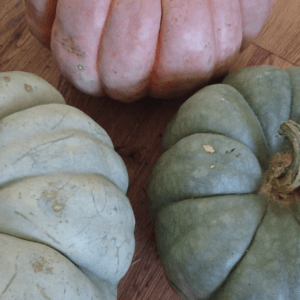
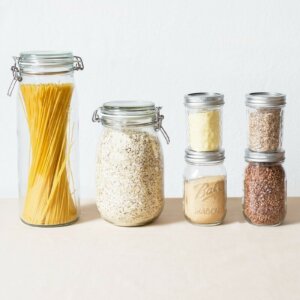



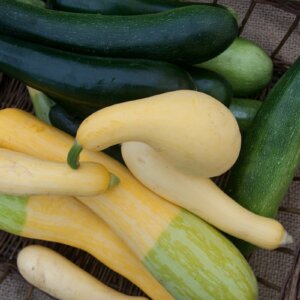





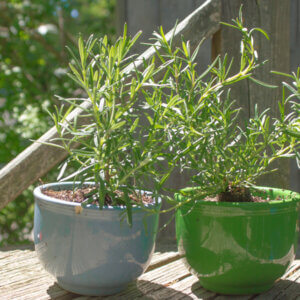
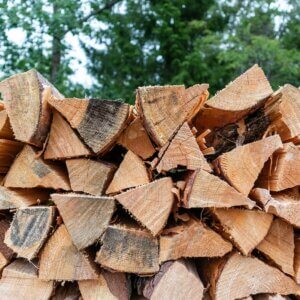


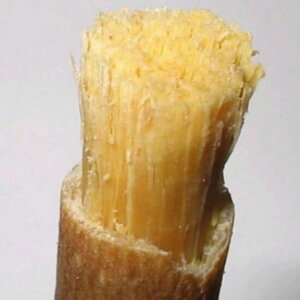



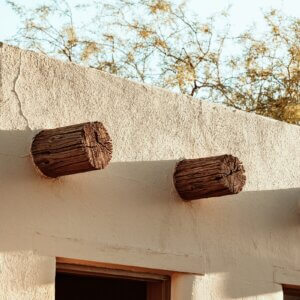

Leave a Reply